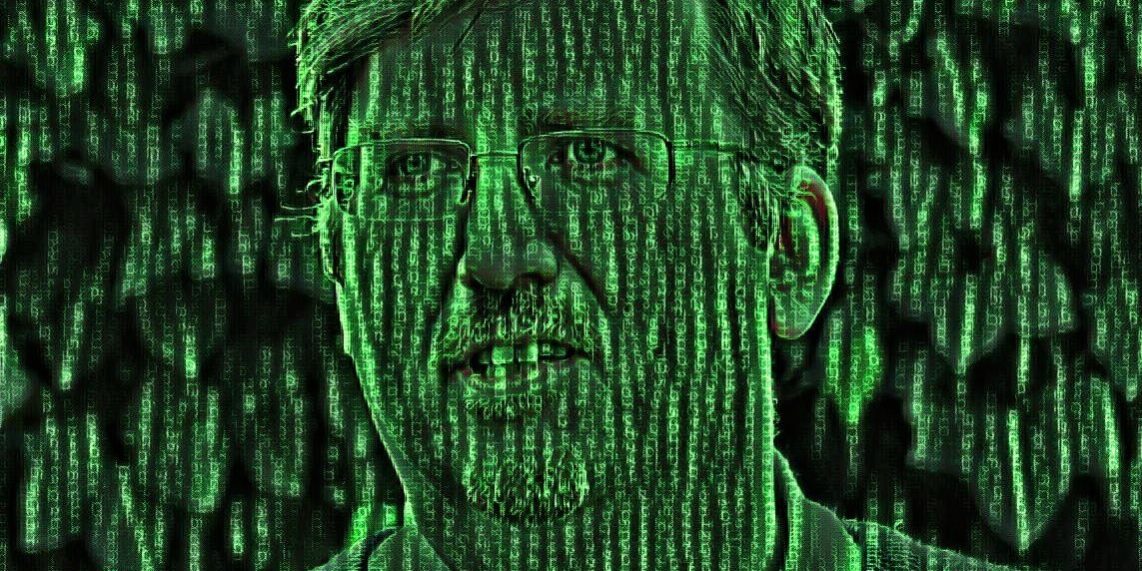How a personal digital twin could help improve our health and make diagnosis and treatment of medical issues easier and more effective. And perhaps lead to the eventual development of a device like Star Trek’s tricorder for medical analysis.
With a quick scan using a tiny handheld device, Doctor McCoy quickly identifies what is wrong with a patient in Star Trek. Admittedly, if the patient is wearing a red shirt, the diagnosis is usually, “It’s worse than that, he’s dead Jim!”
But for most cases, the tricorder can quickly differentiate between Vulcan flu and food poisoning from eating some weird local plant. But how does it do that and what do we need to do to get there? A first step would be to have robust databases of medical conditions and symptoms. Doctor Google is already regularly consulted to find out what is wrong with us but with only a description of our symptoms to go on, he can only give a list of potential conditions. So a headache could be anything from eye-strain from staring at our screens too long to the onset of a migraine. And a sore stomach could be anything from indigestion to an ulcer.
To understand what is really going on, we need a complete model of the human body and be able to compare an individual’s personal model or digital twin, with the generic one to really understand what the problem is. At a recent HTC Seminar in Eindhoven, I discovered that we are making steps towards this.
I had previously come across the term ‘digital twin’ in regard to complex systems last year. However, the focus of these was more on industrial automation and smart lighting systems. A digital twin that models the complete system can help engineers understand how it works, spot any potential issues before it is built, diagnose problems when it is running and even to find ways to make it more efficient in the future.
Creating a digital twin of the human body, one of the most complex systems around, would therefore let us detect problems before they occur, test different options for fixing it before applying them to the patient and even find new ways to keep us healthy. The good news is that the first steps have already been taken, but there is still a long way to go.
For example, One of the examples presented at the seminar was a system that modeled the patient’s heart. Based on a standard model, it took specific patient data to model the individual’s heart which could then be used for planning heart surgery such as replacing a damaged valve with an artificial one. As this is a delicate operation with no room for error, being able to work out the exact positioning for the valve using the digital twin, significantly increases the chances of a successful replacement.
Taking this further, imagine if rather than just the heart, each of us had our own personal digital twin. Then, if we got sick, the doctor could compare our individual models with the standard templates to get a quick, accurate diagnosis of the problem. Even better, before prescribing a course of treatment, they could test it out on our digital twin to ensure there were no potential side effects.
There are still plenty of issues to overcome before our GP starts waving a whirring tricorder at us. Current medical digital twin solutions tend to be focused on just a single organ or system in the body, such as the heart or the nervous system, but solutions for at least some of the other bits are in development. There are also issues about data security and privacy – who owns and can access or change the information contained in your digital twin. And we still need to be able to do it all without taking blood samples, being physically connected to or even put inside a machine. But as companies and research institutions continue to build an increasingly complete digital model of our bodies, a tricorder-like device becomes ever closer to reality.







